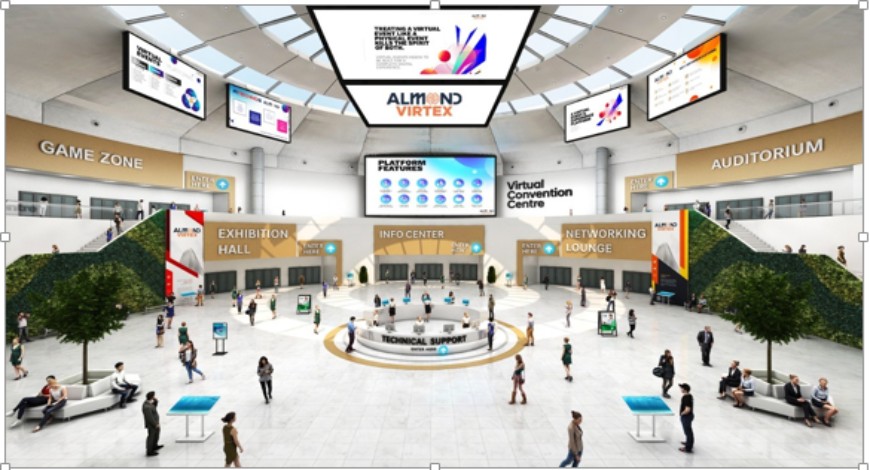Reference data is essential for organizations, yet most lack an effective way to manage it. This can lead to inaccurate or incomplete data which can impact business operations. There are different types of reference data management solutions (RdMS) that can be used to address this issue. But it can be difficult to know which one is right for your organization. Keep reading to learn about the different types and how to choose the best one for your needs.
Table of Contents
What are the different types of management solutions for reference data?
One type of solution is a centralized repository. This type of solution stores all reference data in a single location and allows users to access it from any computer or device. Centralized repositories are often used by large organizations with multiple departments and locations. They provide a single point of control for managing reference data and make it easy to update and synchronize changes across all departments. The second type of solution is a distributed repository.
Distributed repositories store reference data in multiple locations and allow users to access it from any computer or device. This is often used by small businesses or organizations with limited resources. It provides flexibility by allowing different departments or locations to store reference data locally without the need for a central repository.
However, updates must be made manually at each location, which can be time-consuming and error-prone. The third type of solution is an external database. These databases are standalone programs that are not part of the organization’s IT infrastructure. Reference data is stored in these databases on an as-needed basis and accessed by the organization’s applications when needed. External databases are typically used by small businesses or organizations that do not have the resources to implement a centralized or distributed solution.
How can you determine which data management solution is right for your business?
You need to decide what features are important to you. Some common features include security, flexibility, scalability, and ease of use. You should also consider how much storage space you’ll need and how often the data will need to be updated. The right RdMS can provide significant value to an organization by helping ensure accuracy and completeness of customer profiles, maintaining currency and quality of product master files, enabling timely regulatory reporting, reducing supply chain disruptions, and more. But not all RdMS are created equal. For example, if managing and updating content is key, then a centralized model would likely be preferable. Look at factors like connectivity, versioning support, architecture, performance, etc. Seek out what’s important to you and decide from there.
How much does a data management solution cost?
A reference data management solution can cost a company around a few thousand dollars, depending on the size and complexity of the organization’s data. Solutions that require custom development or significant integration with existing systems will be more expensive than off-the-shelf products. Cloud-based solutions are often less expensive than on-premises solutions. It all depends on what you’re hoping to control in terms of data security.

How do you get started with a reference data management solution?
The type of solution that is best for your organization depends on a variety of factors, including the size of your company, the number of locations you have, and how much control you want over your data. Seek out a reliable provider so that you can bring consistency to your data and manage every version responsibly.
Reference data management is a critical component of any organization’s overall data management strategy. A comprehensive reference data management solution can help organizations to more effectively manage and use their data, improving business efficiency and decision-making.




